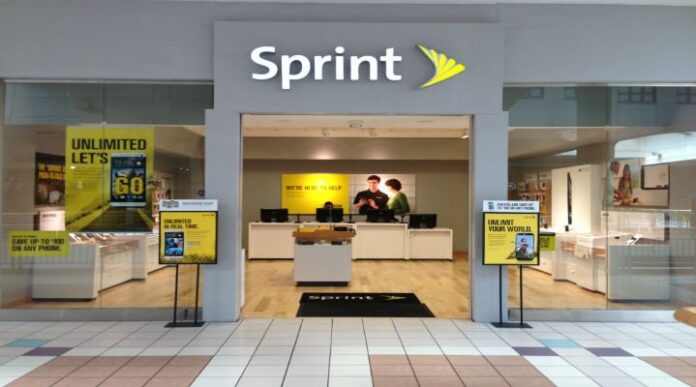Sprint has begun to move forward on planned job cuts, announcing in a Securities and Exchange Commission filing that the current process to cut an unannounced number of jobs will last through October.
Sprint said the moves will be mostly completed by the end of the month, and would “reduce costs,” helping Sprint “become more competitive in the marketplace.”
“The plan is expected to include steps to, among other things, improve operational efficiencies and reduce costs, as a result of which the company expects to incur material charges under generally accepted accounting principles,” Sprint noted in the filing. The material charges will include recognizing an approximately $160 million charge for its second fiscal quarter, which ended Sept. 30, adding “however, additional material charges associated with future labor reductions may occur in future periods.”
In a statement to The Kansas City Star, Sprint said previously announced plans for cuts in its information technology, portfolio management, network and technology groups would be “largely completed” by the end of October. The report noted that Sprint currently employs approximately 33,000 people, down from around 36,000 employees at the end of March.
The latest planned cuts follow recent reports that the carrier was set to cut corporate jobs as part of an operational restructuring under newly installed CEO Marcelo Claure. Sprint’s expected corporate job cuts were at its Overland Park, Kansas, headquarters.
Sprint earlier this year announced plans to cut 1,550 customer service positions, including the closure of a number of call centers and reductions in staff at others. The reported closures included call centers in Sacramento, California; Elmsford, New York; and Overland Park, Kansas, resulting in 550 job cuts. Sprint was also set to drop half the positions at a Fort Worth, Texas-based call center resulting in the loss of 450 jobs, with another 150 positions set to be cut at a Temple, Texas-based call center and about 400 positions at a call center in Orlando, Florida.
Sprint noted in a previous SEC filing that those cuts would cost the company a $165 million charge during its fourth fiscal quarter.
During its most recent fiscal quarter, Sprint continued to report significant customer defections, but hinted that it could be set to turn a corner. The carrier is looking to wrap up its extensive Network Vision program, which impacted network quality over the past several years.
Following Claure’s installation as CEO, Sprint has aggressively adjusted its rate plans as well as rolled out new offers tied specifically to Apple’s recently launched iPhone 6 products.
The carrier has also scaled back further expansion of its Spark program, which taps into the carrier’s 2.5 GHz spectrum holdings to offer increased data speeds. Sprint is still looking to hit its original target of 100 million potential customers covered by the end of this year, but future expansion is now set to focus on larger markets instead of expanding across all of its cell sites. Claure recently noted at an investor conference that Sprint currently covers about 60 million pops with its 2.5 GHz-powered LTE service, but that it would be “very strategic” in terms of where it added that spectrum going forward.
Bored? Why not follow me on Twitter

